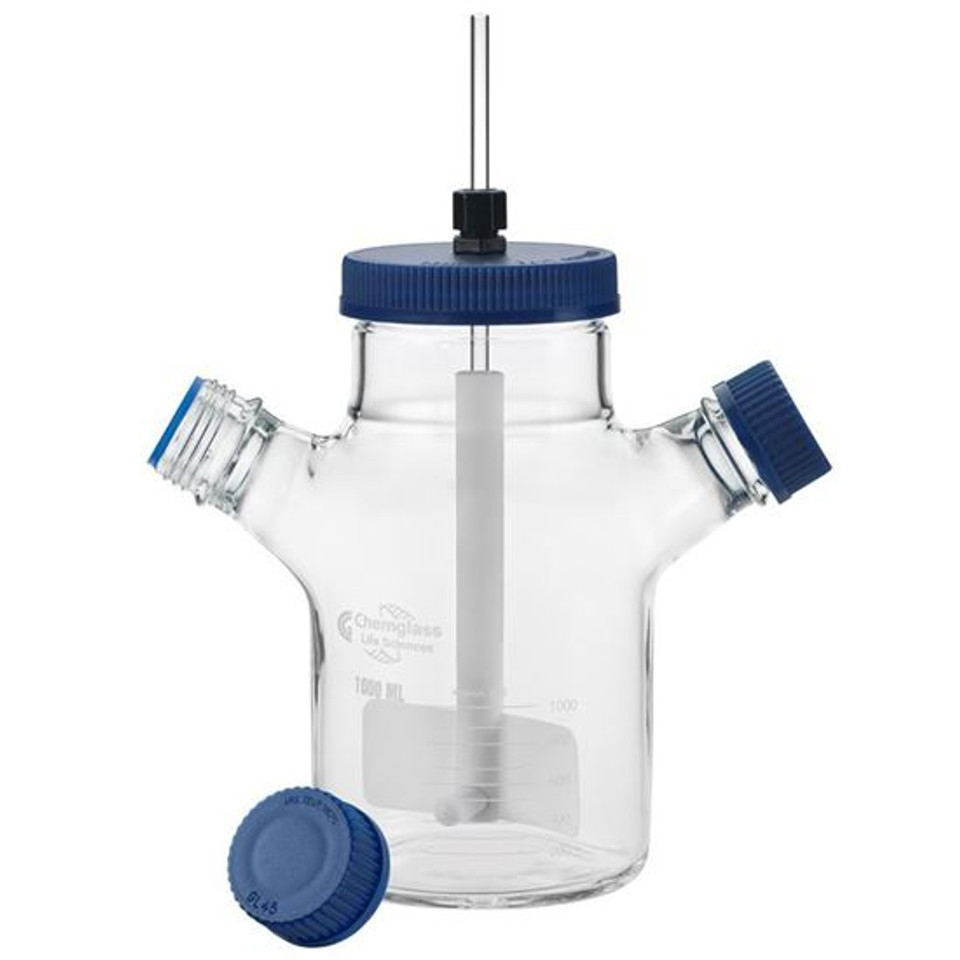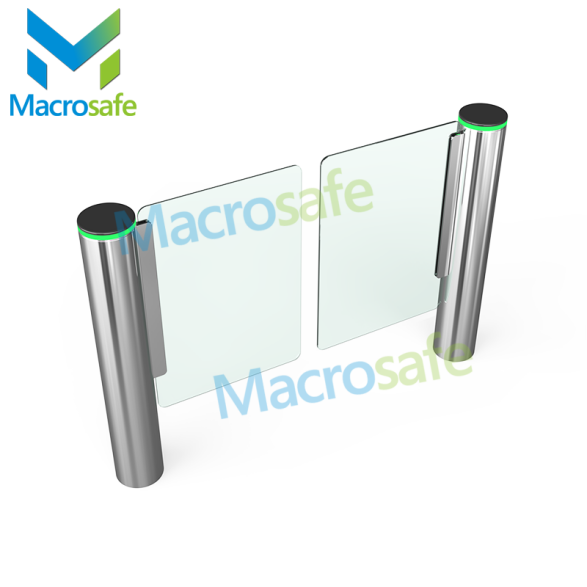
Enhancing Lab Practices: Versatility Of Ml Volumetric Flasks

In the intricate world of laboratory practices, precision and accuracy are paramount. One instrument that stands out as a crucial tool in achieving these standards is the 100 ml volumetric flask. This unassuming flask plays a significant role in ensuring precise measurements, making it a staple in laboratories across various scientific disciplines. In this comprehensive exploration, we delve into the versatility and importance of the 100 ml volumetric flask, uncovering its applications, proper usage, and the impact it has on enhancing lab practices.
Understanding the Anatomy of a 100 ml Volumetric Flask
Before delving into its versatility, let’s start with the basics. A volumetric flask 100 ml is a specialized glass container designed to hold a precise volume of liquid. It typically features a long neck with a single graduation mark indicating the calibrated volume, allowing for accurate measurements. Because of its design, the flask will always fill to the mark and reach the designated volume.
Precision in Measurements
The primary purpose of a volumetric flask is to provide a highly accurate volume of liquid. The 100 ml capacity makes it suitable for a wide range of applications, striking a balance between accommodating an adequate volume for analysis and minimizing potential waste. In quantitative analyses, especially in fields like chemistry and biology, precision is essential for reliable results, and the 100 ml volumetric flask excels in delivering just that.
Applications in Chemistry
Standard Solutions:
The volumetric flask 100 ml is frequently employed in the preparation of standard solutions. Its precisely calibrated volume ensures that the concentration of the solution is accurate, forming the foundation for various chemical analyses, titrations, and experiments.
Buffer Solutions:
Buffers are crucial in maintaining a stable pH environment in chemical reactions. The 100 ml volumetric flask is often used to prepare buffer solutions with specific pH values, facilitating controlled and reproducible experimental conditions.
Applications in Biology and Biochemistry
Cell Culture Media:
Maintaining precise concentrations of nutrients and additives is essential in cell culture work. The 100 mL volumetric flask is useful in the preparation of culture media to ensure that cells receive the nutrients they require for optimal growth.
Dilutions:
Biological experiments often require dilutions of concentrated solutions. The 100 ml volumetric flask facilitates accurate dilutions, ensuring that the desired concentration is achieved without introducing errors.
Environmental Analysis:
In environmental science, where accurate measurements are paramount, the 100 ml volumetric flask finds its application in preparing standards for analyzing pollutants, nutrients, and contaminants in air, water, and soil samples. Its versatility extends to various analytical techniques, including spectrophotometry and chromatography.
Food and Beverage Industry:
Quality control in the food and beverage industry relies on precise measurements. The 100 ml volumetric flask is instrumental in preparing standard solutions for assessing the concentration of additives, preservatives, or contaminants in food and beverage samples.
Proper Usage and Calibration:
To harness the full potential of a 100 ml volumetric flask, proper usage is imperative. Calibration is usually performed by the manufacturer to ensure that the graduation mark on the flask precisely matches the volume that is specified. Users must handle the flask extremely carefully, taking care not to contaminate it and using the proper filling and pouring techniques in order to ensure accuracy.
Versatility Beyond its Calibration
The true versatility of the 100 ml volumetric flask goes beyond its calibrated volume. Laboratories often adapt its use for various purposes, taking advantage of its design and characteristics:
Storage:
While volumetric flasks are primarily designed for precise measurements, the 100 ml flask is often used for the short-term storage of standardized solutions. Its narrow neck minimizes evaporation, making it a convenient vessel for storing solutions temporarily.
Mixing Solutions:
The narrow neck of the volumetric flask 100 ml provides a controlled environment for mixing solutions. Laboratories utilize their precision to ensure homogeneity when combining different reagents or preparing complex solutions.
Maintenance and Cleaning:
Proper maintenance and cleaning are essential to preserve the accuracy and longevity of a 100 ml volumetric flask. Thorough rinsing with distilled water and, when necessary, cleaning with suitable solvents help prevent contamination. Periodic checks for scratches, cracks, or any damage ensure the flask’s continued reliability.
Beyond Glass: The Evolution of Volumetric Flasks
Traditionally, volumetric flasks were made from glass, a material known for its chemical resistance and inert properties. However, advancements in materials science have led to the development of plastic volumetric flasks. These plastic counterparts offer advantages such as reduced breakability, lower cost, and compatibility with a broader range of chemicals.
Challenges and Considerations
While the 100 ml volumetric flask is a versatile and indispensable tool in laboratories, there are challenges and considerations to address:
Evaporation:
The narrow neck that minimizes evaporation during storage can also make it challenging to fill and pour certain solutions. Users must be mindful of this aspect and adapt their techniques accordingly.
Chemical Compatibility:
Glass volumetric flasks are preferred for certain chemicals due to their inert nature. Plastic flasks may not be suitable for certain solvents or reagents, and laboratories must carefully select the material based on chemical compatibility.
Conclusion
In the realm of laboratory procedures, accuracy serves as the foundation upon which reliable results are built. This quest for precision is demonstrated by the 100 ml volumetric flask. It finds endless uses in disciplines such as biology, chemistry, environmental analysis, and the food sector. It has a huge amount of impact. As laboratories continue to push the boundaries of scientific discovery, the 100 ml volumetric flask remains a steadfast companion, enhancing lab practices and ensuring that measurements are not just precise but also the building blocks of groundbreaking research. In the hands of skilled scientists and researchers, this unassuming flask becomes a vessel for innovation, contributing to the ever-expanding realm of scientific knowledge.



